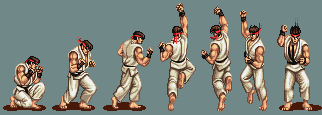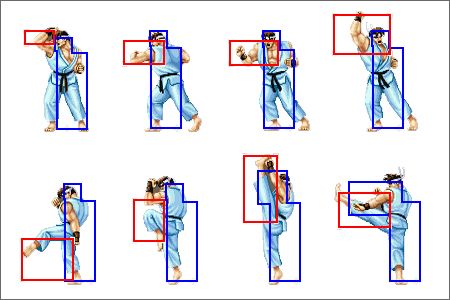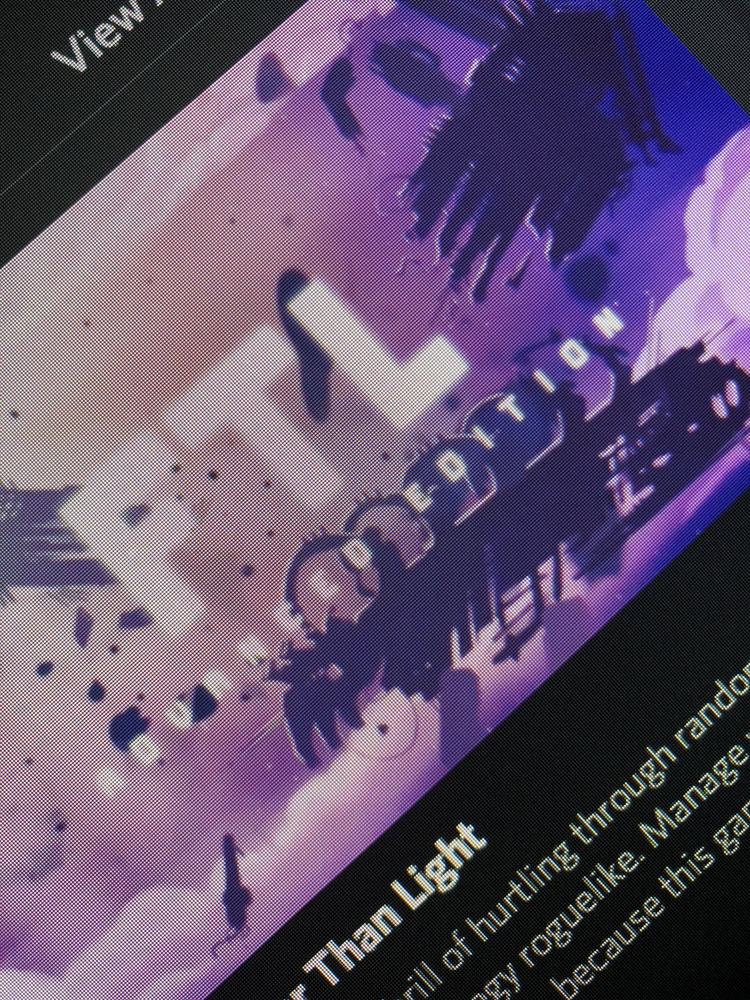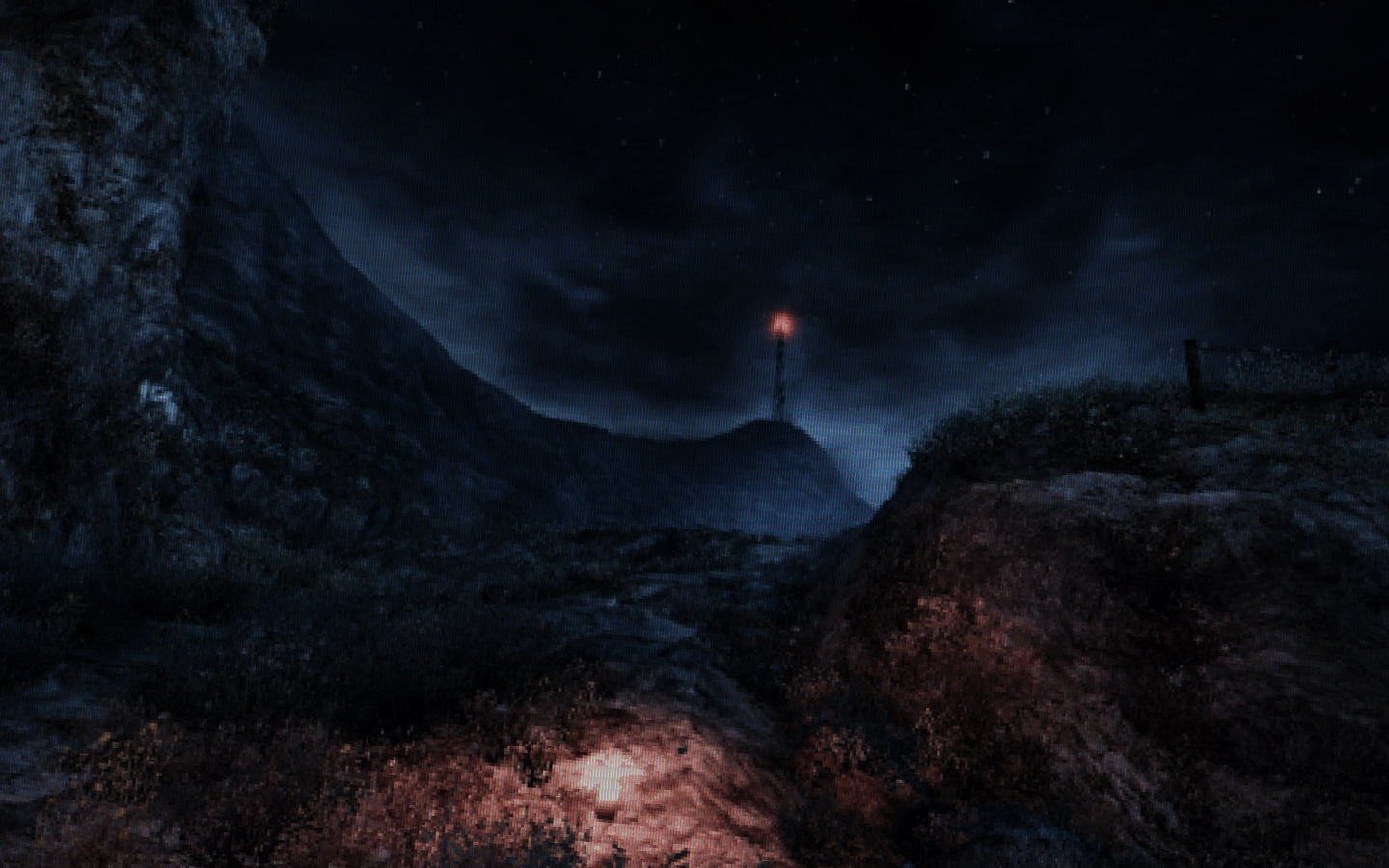Darkstalkers Resurrection - Them's fighting words

On the surface, translating a fighting game seem quite easy. "A bit of thrash talk, some bombastic move names and you are done!"
But in the heat of the arcades, where coins and prides are at stake, players dig deep to find any advantage they can find. And this compilation, with two acclaimed classics and ebullient online tournaments, didn't shy away from any of the jargon, paradoxically making it one of the most technical titles we ever worked on!
Here are some of the concepts we explored during the project, under the helpful guidance of an e-sports specialist.
FRAMES
Like traditional animation, videogames achieve the illusion of motion by displaying discrete images, called FRAMES, in very quick succession (60 frames per second in most cases).

STARTUP TIME, RECOVERY TIME
Each move can be split into three phases.
- STARTUP time, when the move "starts" but still inflicts no damage
- The active time, in which the character can "hit" the adversary
- RECOVERY time, when the move "ends" but inflicts no damage again

JAB, STRONG, FIERCE SHORT, FORWARD, ROUNDHOUSE
Most attacks revolve around a high-risk/high reward system, where the most powerful moves are also those with the longest startup and recovery times, exposing the character for a larger number of frames,
From the weakest to the strongest, they are commonly known as:
- Punches: JAB, STRONG, FIERCE (LP, MP, HP)
Kicks: SHORT, FORWARD, ROUNDHOUSE (LK, MK, HK)

CROUCHING AND JUMPING
The first two variations in this game of timing are CROUCHING and JUMPING, as they allow you to evade the impact area of an enemy attack (red rectangles in the diagram below) and approach his vulnerable parts (blue rectangles).

THROWS AND CANCELS
THROWS can only be used at very close distance but the sudden change of position plus their effectiveness against guarding characters can disrupt the strategy of the opponent.
CANCELING refers to the process of starting a move, then switching mid-way to another one, adding an additional layer of bluffing and uncertainty to the game.

IDLE, BLOCK
When not moving or attacking themselves, players can either stay IDLE or in BLOCK position.

HIT STUN, BLOCK STUN
If you are idle or in startup/recovery time when the adversary hits you, you will lose part of your energy and enter into HIT STUN.
If you are blocking, you will lose much less energy and you will enter the much shorter BLOCK STUN.

COMBO
If your hit or block stun is longer than the recovery time of the attack used by your adversary, he will be free to follow up with another attack, creating a COMBO.

FRAME ADVANTAGE
As the timing of each animation is constant within the game, you can chart exactly how much time the attacker will have before the player he just hit will be able to react.
In some extreme cases, as specific move (let's say a jab) will have a substantial FRAME ADVANTAGE over a player blocking it. If the throwing time of that time is inferior, a player can be mathematically sure to attack undisturbed - as long as they can keep their pace
Further reading
The Fighting Game Glossary. Over 650 terms carefully explained with 200+ video examples and Japanese translations.




